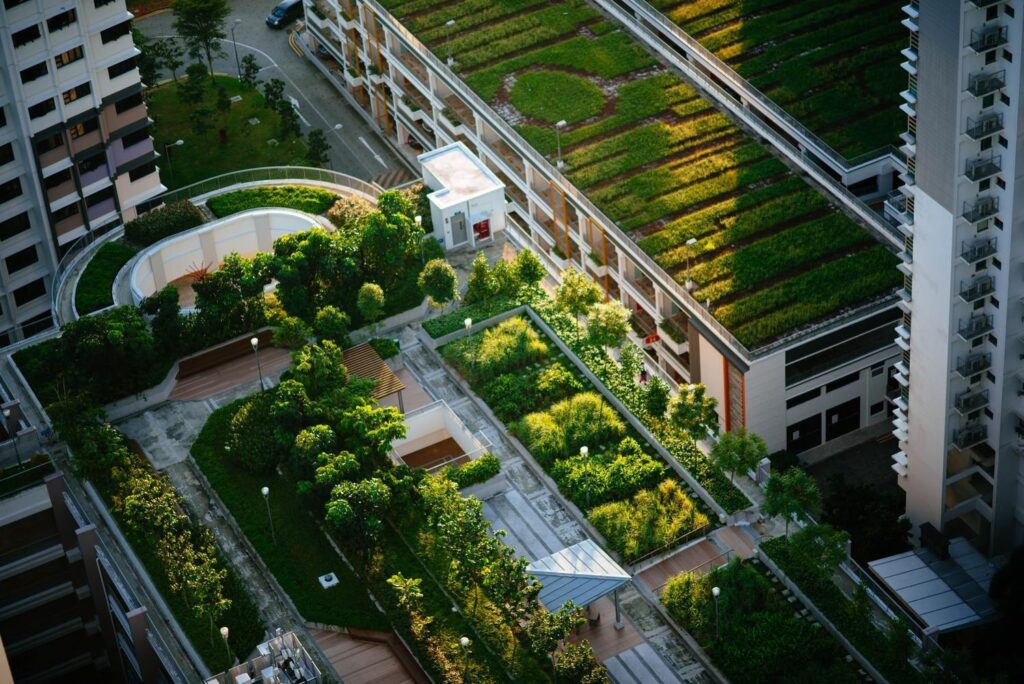As architects, one of our primary concerns is creating buildings that are energy-efficient and sustainable. In recent years, 3D rendering has become an essential tool for achieving this goal, as it allows us to visualize and test different design options before construction begins.
3D rendering is the process of creating detailed and realistic renders of a building or space before it is built. This allows architects to see their designs in a more lifelike way and make changes as needed. But the benefits of 3D rendering go beyond just visual representation, it can also help architects to create energy-efficient buildings.
One of the most significant benefits of 3D rendering is that it allows architects to simulate different lighting and shading options for a building. By creating detailed 3D models of a building, architects can visualize how different lighting and shading options will affect the energy efficiency of the building. This can help architects to design buildings that are more energy-efficient and that use natural light to reduce energy consumption.
For example, by using 3D rendering, architects can simulate different window placement and size options for a building and see how they will affect the overall energy efficiency of the building. They can also see how different window placement and size options will affect the natural light in the building, and make changes as needed to reduce energy consumption.
Another benefit of 3D rendering is that it allows architects to experiment with different building materials. With 3D rendering, architects can try out different materials, such as insulation and roofing materials, to see how they will affect the energy efficiency of the building. This can help architects to create buildings that are more energy-efficient and that use sustainable materials.
For example, by using 3D rendering, architects can experiment with different insulation options for a building and see how they will affect the overall energy efficiency of the building. They can also see how different insulation options will affect the comfort of the building, and make changes as needed to reduce energy consumption.
3D rendering also allows architects to see how a building will perform in different weather conditions. This can be especially important for buildings in regions with extreme weather, as the design should take into account how the building will perform in different seasons and weather conditions. By using 3D rendering, architects can see how the building will perform in the summer, winter, and fall, and make changes as needed to ensure that the building is energy-efficient and comfortable year-round.

Finally, 3D rendering allows architects to create buildings that are more sustainable and energy-efficient by incorporating renewable energy sources. By using 3D rendering, architects can simulate different solar panel and wind turbine options for a building and see how they will affect the overall energy efficiency of the building. They can also see how different renewable energy options will affect the overall design of the building, and make changes as needed to reduce energy consumption.
In conclusion, 3D rendering is a powerful tool for architects that can help them to create energy-efficient buildings. By using 3D rendering, architects can simulate different lighting and shading options, experiment with different building materials, see how a building will perform in different weather conditions, and incorporate renewable energy sources. With the help of 3D rendering, architects can create buildings that are energy-efficient, sustainable, and comfortable for the inhabitants. As architects, using 3D rendering in the design process, we can ensure that our buildings not only meet the functional needs of the community but also contribute to the reduction of energy consumption and preservation of the environment.








